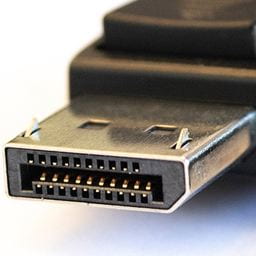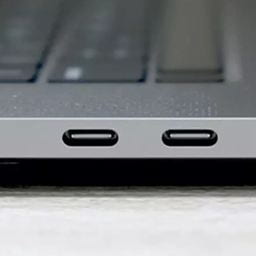Campus Room List & Technical Infromation
Below is a document with information on features and technology in all classrooms on campus.
Technical Terms to Know
Display
The term display refers to the large display in a instructional or meeting space. This may be a large monitor (TV), a traditional screen with a projector, or an interactive whiteboard with a projector.
Extended vs. Duplicated Display
When using multiple monitors or display devices the user can choose to display the same information on both displays (Duplicated) or different information on both displays (Extended). This setting is available by right clicking on your desktop and selecting “display settings”. This can also be easily changed through the keyboard shortcut “windows key” and “P”.
BYOD (Bring Your Own Device)
Bring your own device. This refers to any source brought into a space other than the devices which are installed and stay in the room at all times. An example would be your personal laptop.
Interactivity
Interactivity is provided through many styles in our instructional spaces. Interactivity provides the opportunity to electronically whiteboard or annotate on the presented image. Examples of this technology are Epson interactive whiteboards, SMART boards, and touch screen Instructor PC’s which allow you to accomplish this feature without needing to turn your back to the students.
Room Control System
This is the user interface installed in rooms to control, Display power, audio volume, and source selection. This control system may be an Extron MLC push button control box, an Extron touch screen control system, a Crestron control system, an Epson pilot, or a simple wireless projector remote.
Interactive Whiteboard
An interactive whiteboard is a projection surface which enables electronic whiteboarding and or annotation. This may be a SMART board or an EPSON interactive whiteboard.
PC
A PC is the computer attached to a monitor and other accessories. When indicated on an Extron MLC push button control box, this indicates the PC that resides in the room at all times.
Web Conferencing
Microsoft Teams is the SHU standard for web conferencing. The majority of our spaces are equipped with cameras and microphones to allow for web conferences, recording of class sessions or meetings, or synchronous learning. Web conferencing allows for sharing of audio, video, and content.
Common Audio Visual Connectors & Ports
HDMI
HDMI is a proprietary audio/video interface for transmitting uncompressed video data and compressed or uncompressed digital audio data from an HDMI-compliant source device, such as a display controller, to a compatible computer monitor, video projector, digital television, or digital audio device. Wikipedia
DisplayPort (DP)
DisplayPort is a digital display interface developed by a consortium of PC and chip manufacturers and standardized by the Video Electronics Standards Association. Wikipedia
USB Type C (USB-C)
The USB Type C connector is a type of USB connection allowing for multiple uses. USB-C connectors can be used to transfer data, power, and even video and audio. On-Campus laptop docking stations utilize this connection to bring power, external monitors, and other accessories to your laptop. Business Insider
VGA
A Video Graphics Array (VGA) connector is a standard connector used for computer video output. Originating with the 1987 IBM PS/2 and its VGA graphics system, the 15-pin connector went on to become ubiquitous on PCs, as well as many monitors, projectors and high definition television sets. Wikipedia










